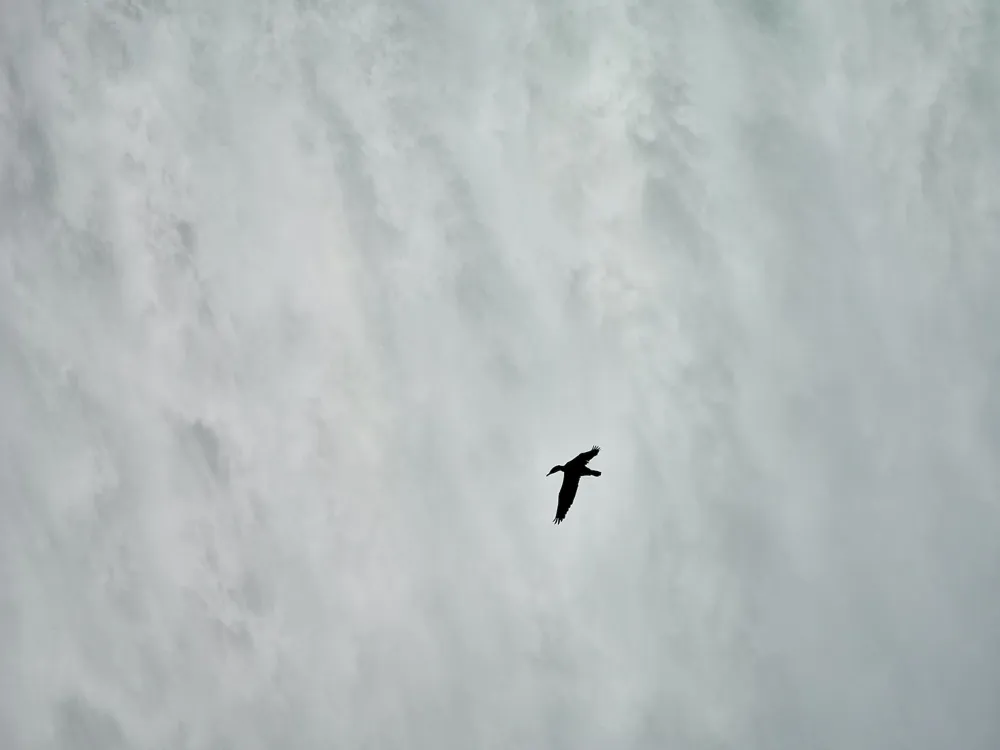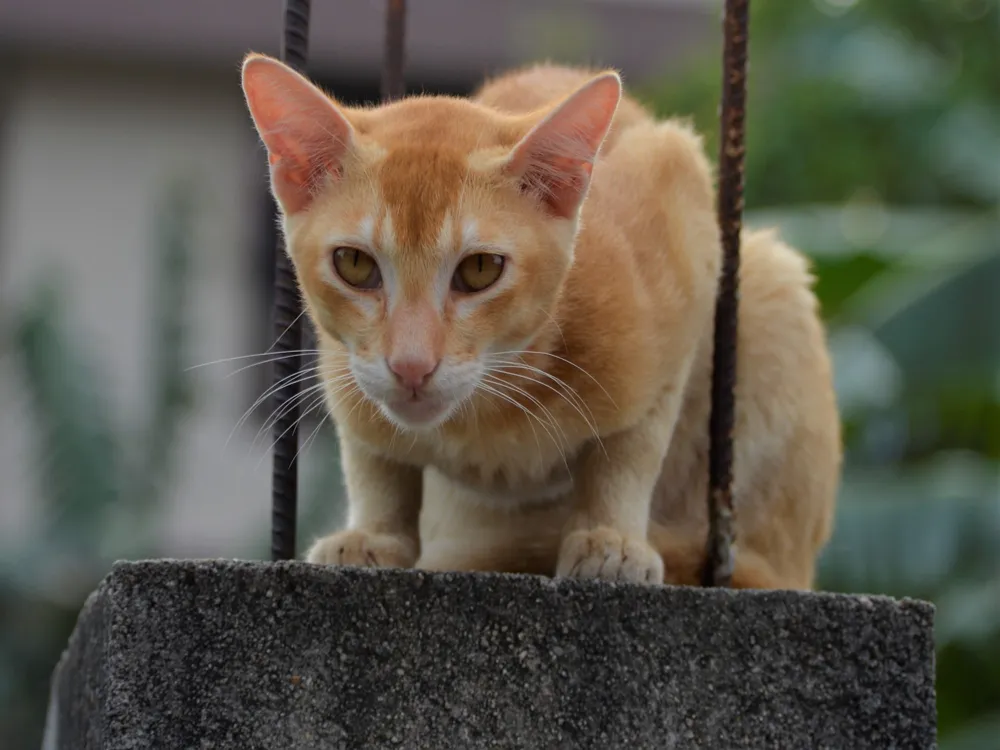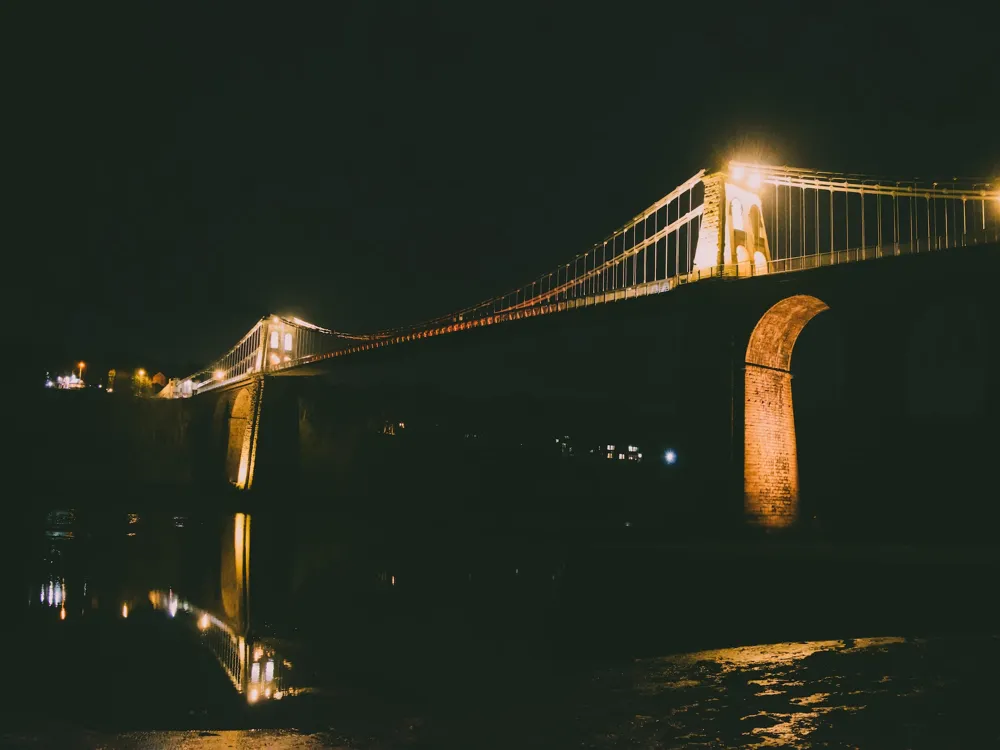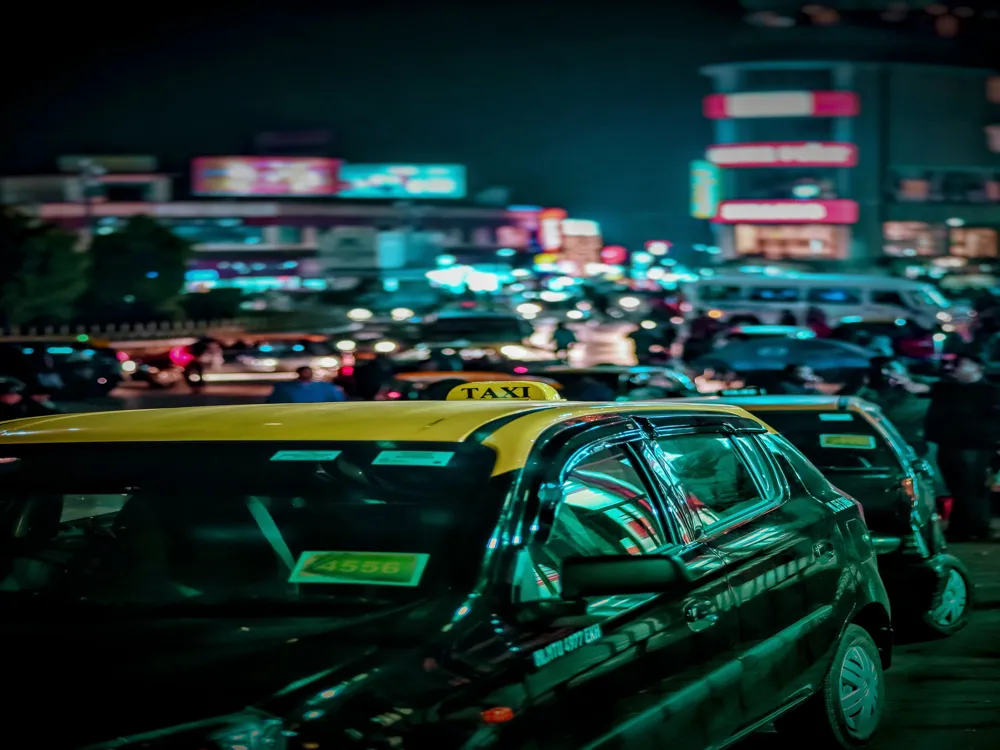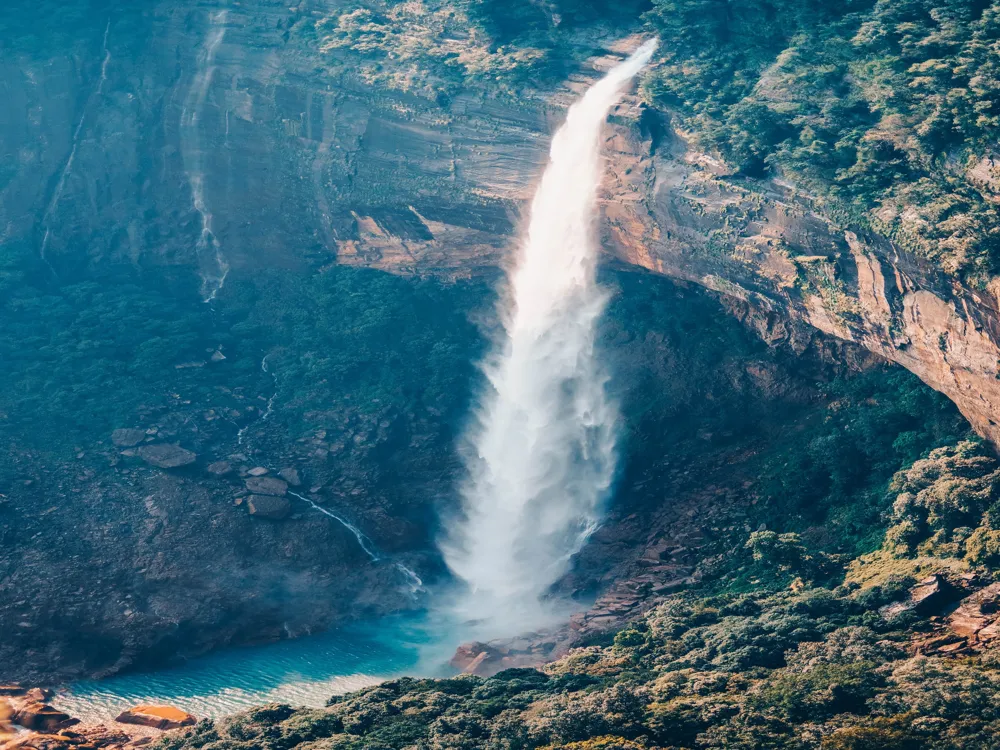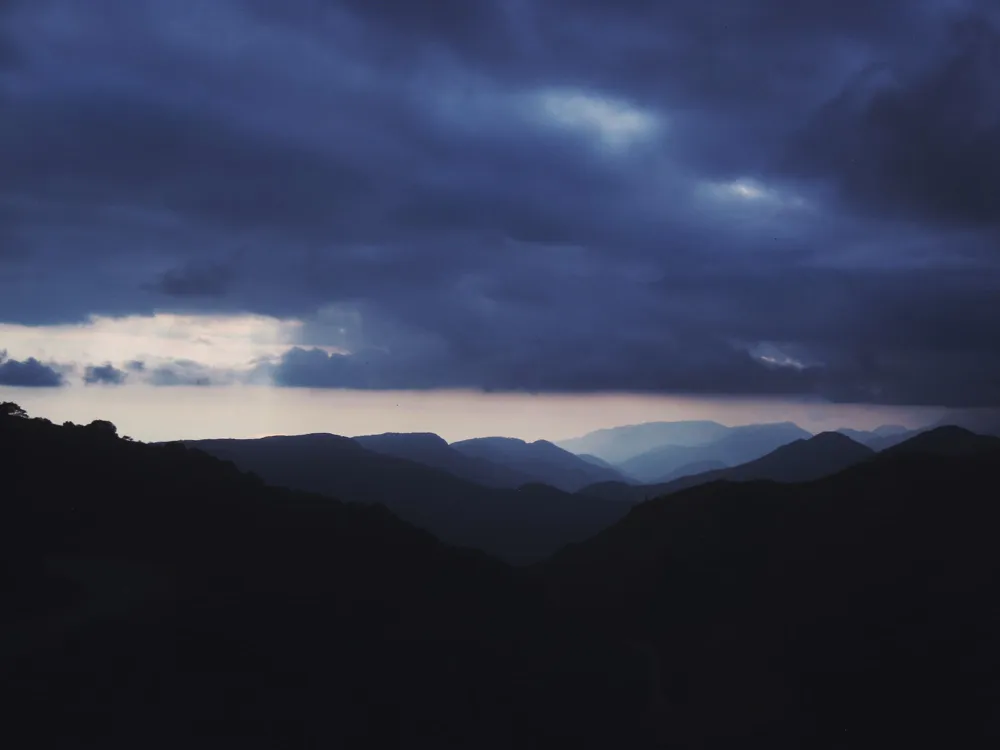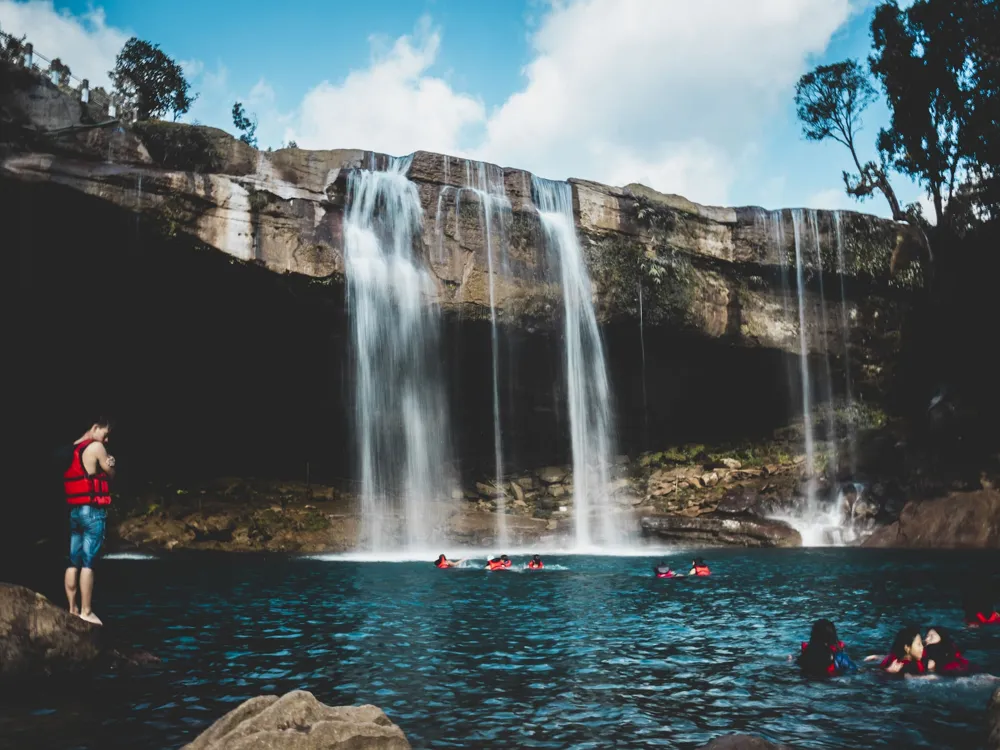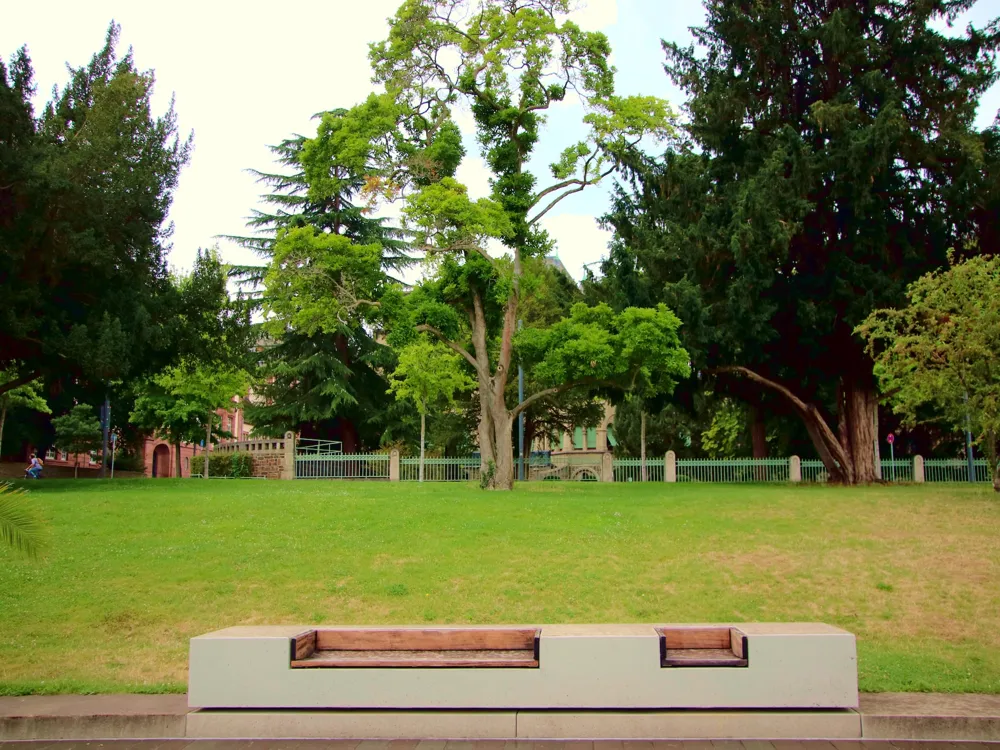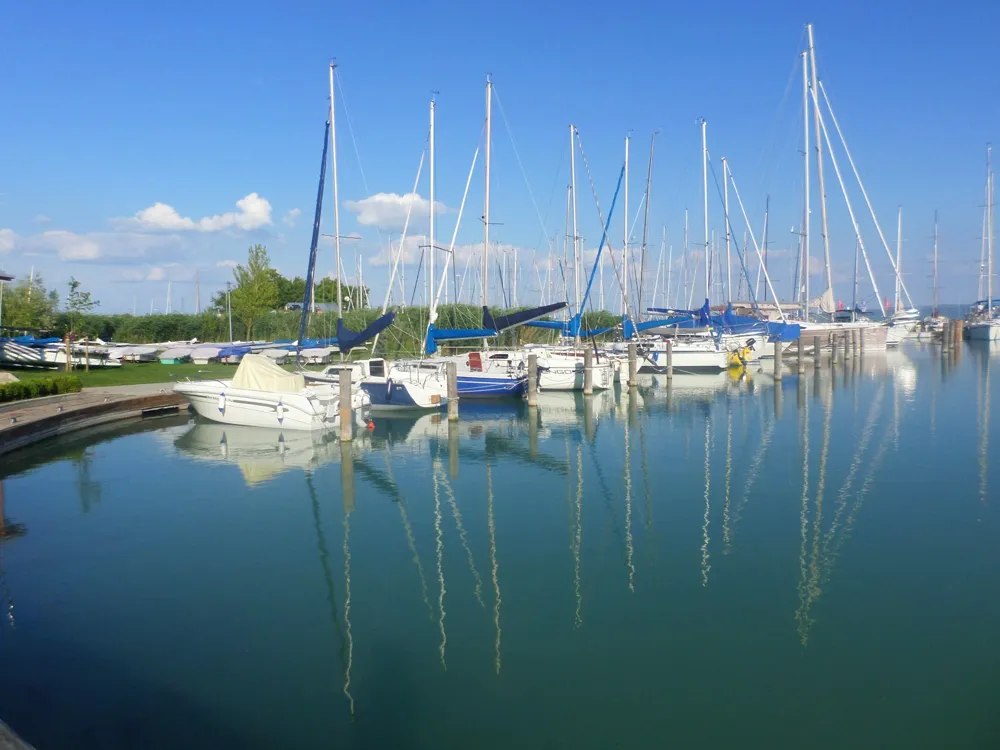Thadlaskein Lake, a picturesque natural wonder nestled in the lush landscape of Jowai in Meghalaya, India, is a place of serene beauty and historical significance. This lake, cradled in the East Jaintia Hills district, spans an area that offers a tranquil retreat for nature lovers, historians, and tourists alike. The lake's origin is steeped in the rich tribal history of Meghalaya, particularly the Jaintia tribe. It was dug by members of the Jaintia tribe, led by a chieftain named U Sajar Nangli, as a mark of protest against the tyrannical rule of the then Jaintia King. This act of rebellion has since been immortalized in the serene waters of Thadlaskein. The lake's surroundings are as captivating as its history, with lush greenery and a peaceful ambiance that invites visitors to relax and reconnect with nature. The area around Thadlaskein Lake is home to an abundance of flora and fauna, making it a haven for biodiversity and a hotspot for eco-tourism. The gentle ripples of the clear water, the rustling of leaves in the gentle breeze, and the occasional call of a bird create a symphony that soothes the soul. The lake is not just a natural retreat but also a window into the soul of Meghalaya, offering insights into the region's culture, traditions, and history. The architecture of Thadlaskein Lake is a remarkable fusion of natural beauty and human ingenuity. Unlike man-made structures, the lake's design is a testament to the skill and determination of the Jaintia people, who manually created this reservoir centuries ago. The lake's banks, formed from the local terrain's natural contours, have been reinforced over the years to prevent erosion and maintain its unique shape. The traditional methods used in its construction reflect the ingenuity of the Jaintia tribe and their deep understanding of the landscape. Around the lake, one can find various structures that complement its natural beauty. These include wooden bridges that offer vantage points for visitors, small resting huts with thatched roofs that blend into the landscape, and pathways lined with local stones. The architectural elements are deliberately minimalistic, ensuring that the natural beauty of the lake remains the focal point. This approach to architecture not only preserves the environment but also enhances the visitor's experience by creating a harmonious balance between man and nature. The ideal time to visit Thadlaskein Lake is between October and April when the weather is pleasant and conducive for outdoor activities. Visitors can enjoy boating, picnicking, and bird-watching. The lake's serene environment is perfect for photography enthusiasts and nature lovers. Don't miss trying the local Khasi cuisine, known for its unique flavors and ingredients, available at nearby eateries. It's important to respect the local customs and traditions. Dress modestly and be mindful of the cultural sensitivities of the indigenous community. Reaching Thadlaskein Lake is relatively straightforward. The nearest airport is the Shillong Airport, from where one can hire taxis or take buses to Jowai. From Jowai town, Thadlaskein Lake is just a short drive away, easily accessible by local transport. The journey to the lake is as picturesque as the destination itself, with winding roads cutting through the green hills and offering stunning views of the Meghalayan landscape. Read More: Overview of Thadlaskein Lake in Jowai, Meghalaya
Architecture of Thadlaskein Lake
Tips When Visiting Thadlaskein Lake
Best Time to Visit
Activities to Enjoy
Local Cuisine
Respecting Local Culture
How To Reach Thadlaskein Lake
Thadlaskein Lake
Jowai
Meghalaya
₹ 8,000 onwards
View jowai Packages
Jowai Travel Packages
View All Packages For Jowai
Top Hotel Collections for Jowai

Private Pool

Luxury Hotels

5-Star Hotels

Pet Friendly
Top Hotels Near Jowai
Other Top Ranking Places In Jowai
View All Places To Visit In jowai
View jowai Packages
Jowai Travel Packages
View All Packages For Jowai
Top Hotel Collections for Jowai

Private Pool

Luxury Hotels

5-Star Hotels

Pet Friendly








